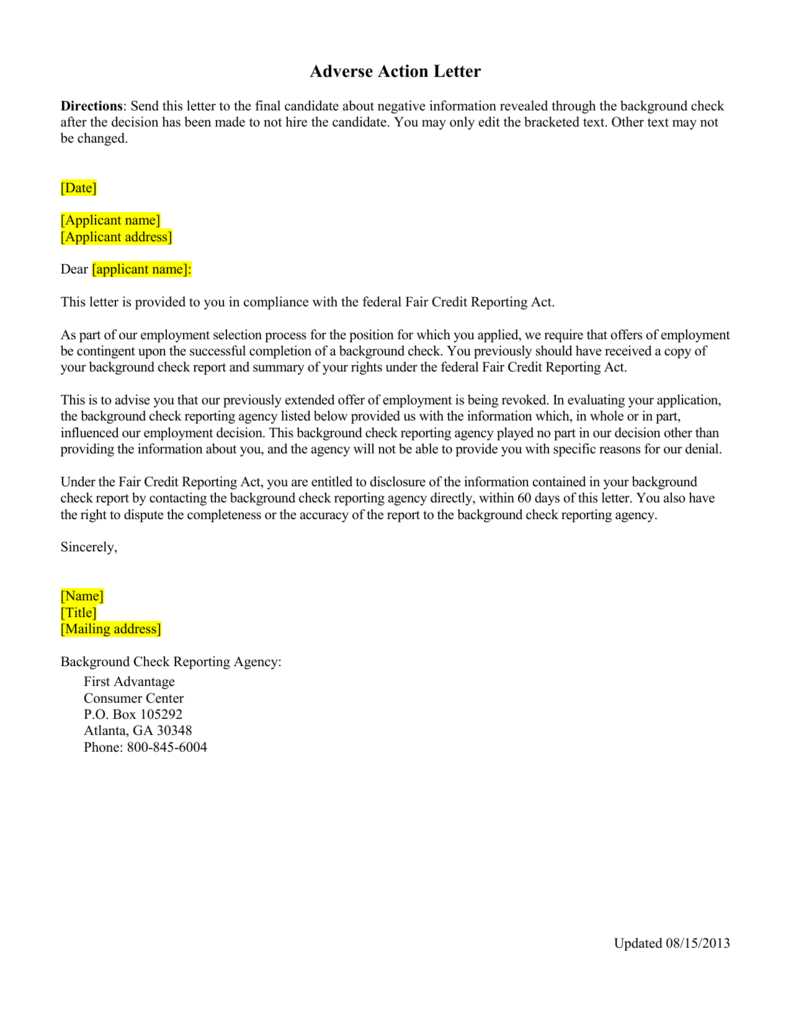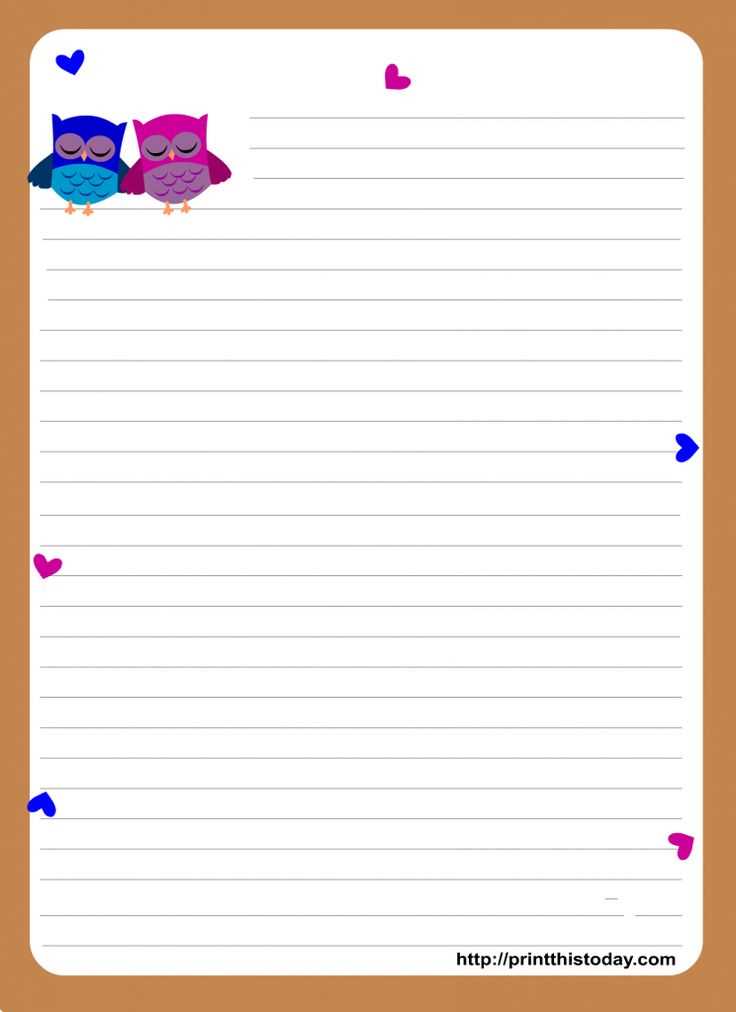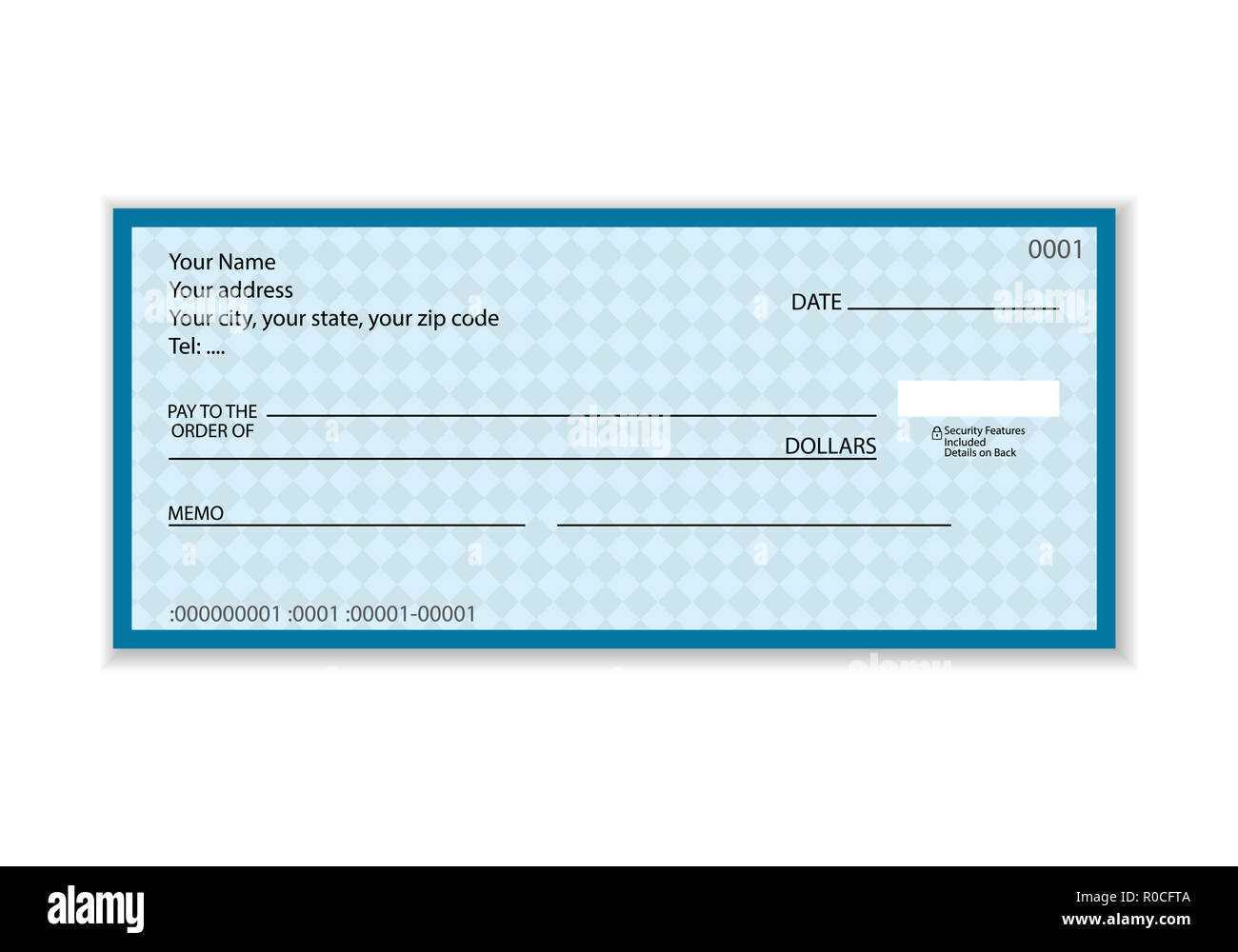Background Check Letter Template for Employers and Candidates

When engaging in the hiring process, clear communication between employers and candidates is crucial. Ensuring that all necessary information is exchanged accurately can help streamline recruitment and avoid misunderstandings. Proper documentation can assist in confirming the details required to make informed hiring decisions.
One vital aspect of this communication is the formal request for specific personal or professional information. Crafting a well-structured document for this purpose ensures that both parties understand the expectations and legal considerations involved. Whether for pre-employment screening or other verification needs, knowing how to draft such requests is essential for a smooth and compliant process.
Importance of Employment Verification Requests

Effective communication between employers and prospective employees plays a pivotal role in building trust and ensuring a transparent recruitment process. When businesses request specific information about a candidate, it is essential that these requests are communicated clearly and professionally. This helps avoid confusion and ensures both parties understand the nature of the information being sought.
Such requests serve as a formal means of verifying the qualifications, history, and suitability of applicants. They provide employers with essential details to make informed decisions and ensure that the individual meets the necessary criteria for the position. Furthermore, these communications help protect the organization by confirming that the candidate’s background aligns with company standards and legal requirements.
How to Draft a Professional Request
Creating a well-crafted request for personal or employment-related information is essential for ensuring clarity and professionalism. A precise and organized communication can prevent misunderstandings and help maintain a positive relationship between the employer and the candidate. It should convey the necessary details while remaining respectful and to the point.
Structure and Tone
The structure of the message plays a significant role in its effectiveness. Start with a polite introduction, clearly stating the purpose of the communication. Follow with a concise description of the information you require, and close with a courteous request for prompt action. Ensure the tone remains formal and respectful throughout the message.
Key Details to Include

In addition to clear language, make sure to include essential information such as the timeline for response, any documentation required, and instructions for submission. Providing these details will help the recipient understand the expectations and respond accordingly. Be specific about the necessary steps to ensure the process moves forward efficiently.
Key Information to Include in the Request
When making an official request for personal or professional verification, it is crucial to include specific details that will ensure clarity and facilitate the process. By outlining the required information in a structured manner, both the requester and the recipient can better understand the expectations and necessary steps.
Start by clearly identifying the purpose of the communication. This will provide context for the request and allow the recipient to prepare the necessary documents or information. Additionally, be sure to include relevant details such as the time frame within which you expect a response, as well as any forms or documentation that must accompany the information being requested.
Another key element is outlining any confidentiality or compliance requirements related to the request. Be transparent about the process, including how the information will be handled, stored, and used. This will reassure the recipient that their privacy and data security are being respected throughout the process.
Legal Considerations for Employment Verifications
When requesting personal or professional details for employment purposes, it is essential to understand the legal frameworks that govern the process. Employers must ensure that their actions comply with relevant laws to protect both the candidate’s rights and their own business interests. Failing to adhere to these legal guidelines can lead to serious consequences, including penalties or lawsuits.
Key Legal Requirements
There are several regulations in place that employers must be aware of when requesting verification of a candidate’s information. These laws aim to safeguard individuals’ privacy and prevent discrimination in hiring practices. Below is a table outlining some of the most important legal considerations:
| Law/Regulation | Description | Implication for Employers |
|---|---|---|
| Fair Credit Reporting Act (FCRA) | Regulates how information about a candidate is collected and used | Requires written consent from candidates before conducting any verification |
| Equal Employment Opportunity Laws (EEO) | Prohibits discrimination based on race, gender, or other protected categories | Employers must ensure their verification process does not discriminate |
| State-Specific Regulations | Each state may have its own laws regarding employment verifications | Employers must familiarize themselves with local laws to remain compliant |
Ensuring Compliance

To ensure compliance, employers should maintain transparency with candidates, provide clear instructions, and obtain consent prior to initiating any verification process. Additionally, they should store and handle all collected information securely to prevent unauthorized access or misuse.
Best Practices for Employers
When requesting personal or employment-related information for potential hires, employers should adopt practices that ensure clarity, fairness, and compliance. Establishing a well-structured and respectful process can lead to smoother interactions and more effective decision-making. It is crucial to maintain transparency and consistency throughout the process to build trust with candidates while protecting the organization from potential legal issues.
Clear Communication with Candidates
One of the most important steps is to clearly communicate the purpose of the request to the candidate. Inform them of the specific information being requested, why it is needed, and how it will be used. Providing a concise explanation not only helps to build trust but also ensures that the candidate understands the process and can respond accordingly.
Consistency and Fairness in the Process
Employers should apply the same standards and requirements to all candidates to ensure fairness and avoid the appearance of bias or discrimination. Consistent procedures help eliminate potential concerns about unequal treatment and reinforce the organization’s commitment to ethical hiring practices. It is important to review and update policies regularly to stay in line with industry standards and legal requirements.
Common Mistakes to Avoid
When requesting personal or professional details for hiring purposes, it’s easy to make mistakes that could complicate the process or even lead to legal issues. Being aware of common missteps can help employers maintain a smooth and effective process while ensuring compliance and fairness. Below are some frequent errors and tips on how to avoid them.
Failure to Obtain Proper Consent
One of the most serious mistakes employers can make is not obtaining written consent from candidates before requesting sensitive information. Consent is not only a legal requirement but also a key component in maintaining trust and transparency. Here are a few tips to avoid this mistake:
- Always ask candidates for explicit permission before requesting any personal details.
- Ensure consent is documented in writing and kept on file for reference.
- Provide clear explanations about what information will be collected and how it will be used.
Inconsistent Application of Procedures
Another common error is applying different standards or procedures to different candidates. Inconsistent practices can lead to accusations of bias or discrimination. Employers should aim to treat all candidates equally throughout the process. To prevent this mistake, consider the following:
- Establish a clear and uniform process for handling all verification requests.
- Ensure that all candidates are asked for the same types of information under similar circumstances.
- Regularly review policies to make sure they are consistently applied and up to date.